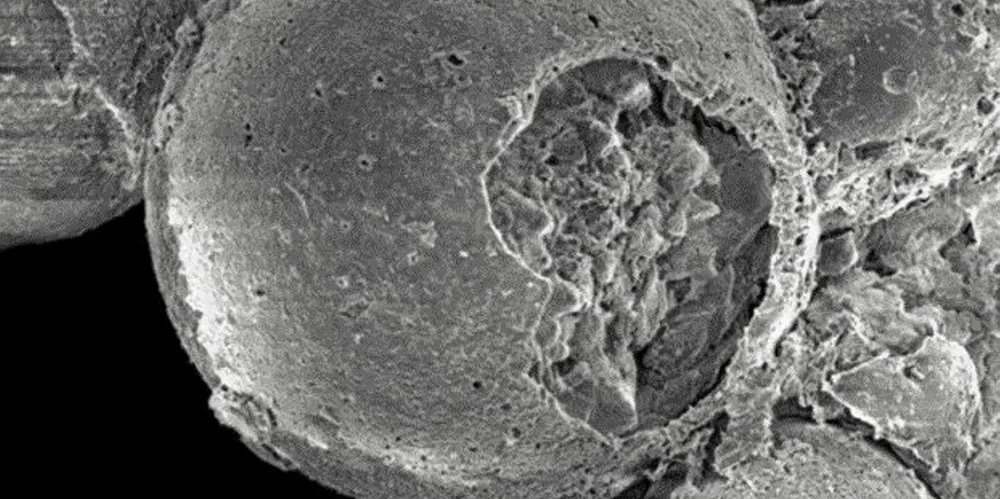Whole buildings could become giant batteries with help of 'cenosphere' tech breakthrough
Researchers say enabling structures to serve as green energy stores will complement wind and solar roll-out

Researchers say enabling structures to serve as green energy stores will complement wind and solar roll-out
